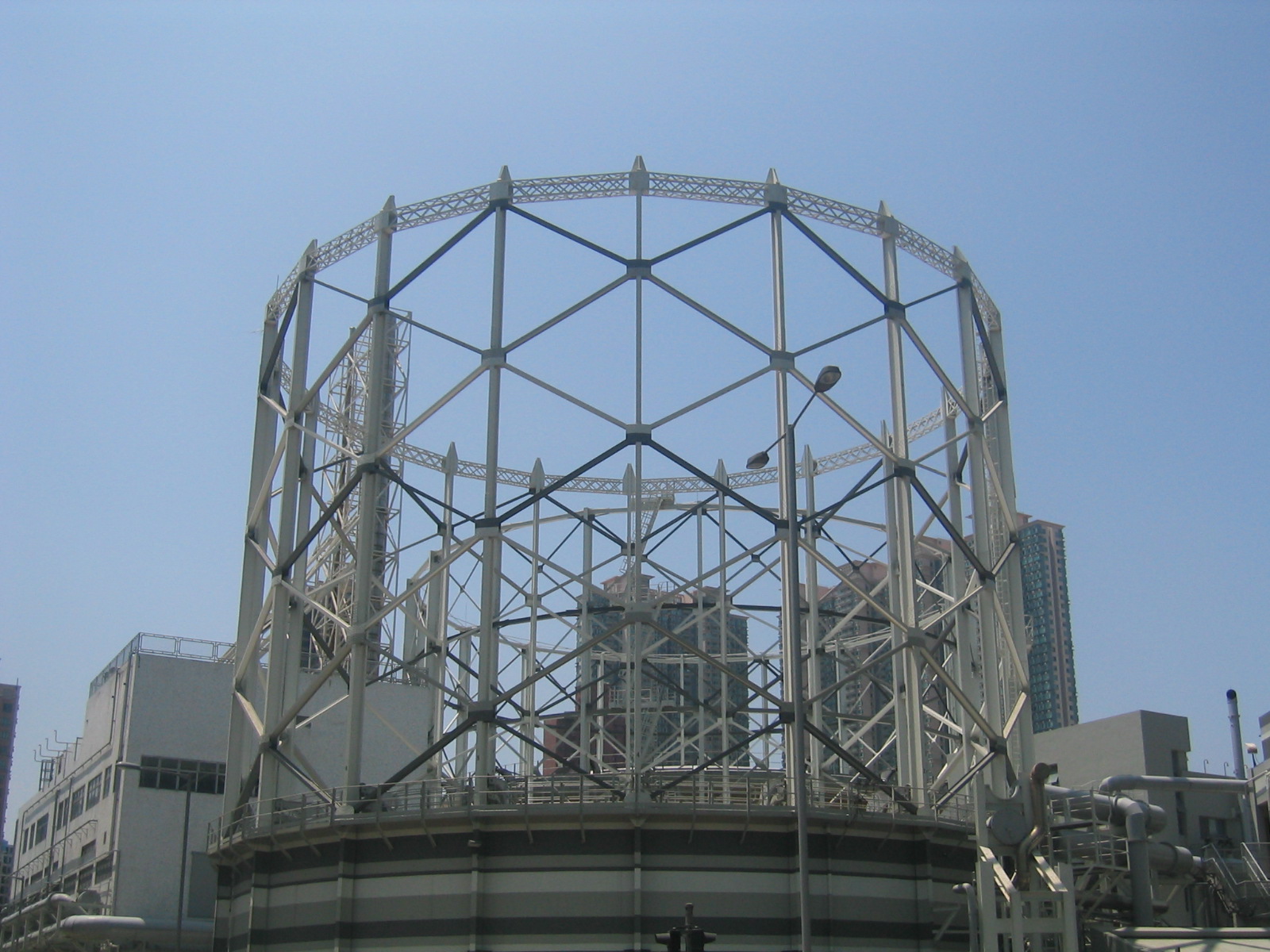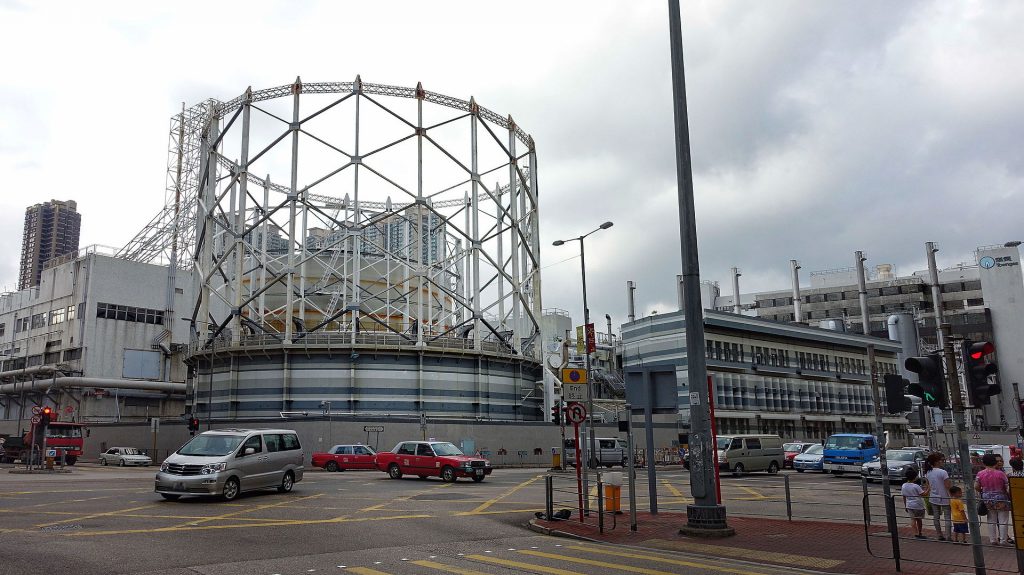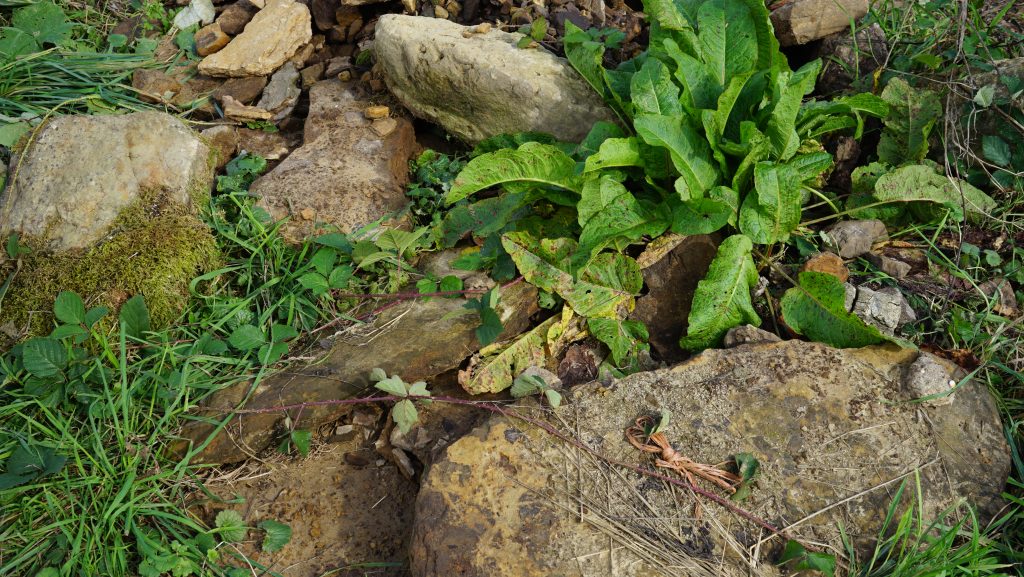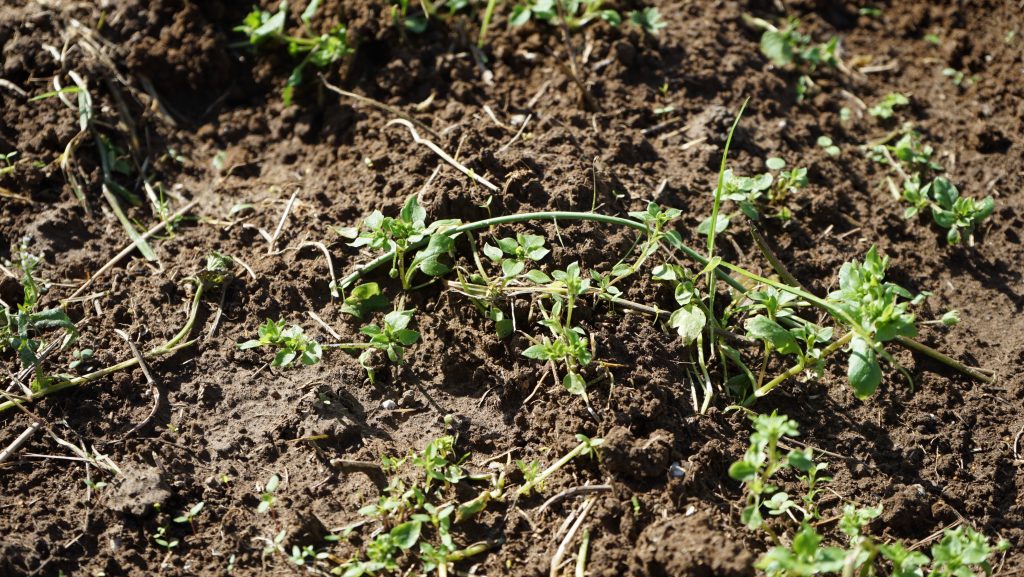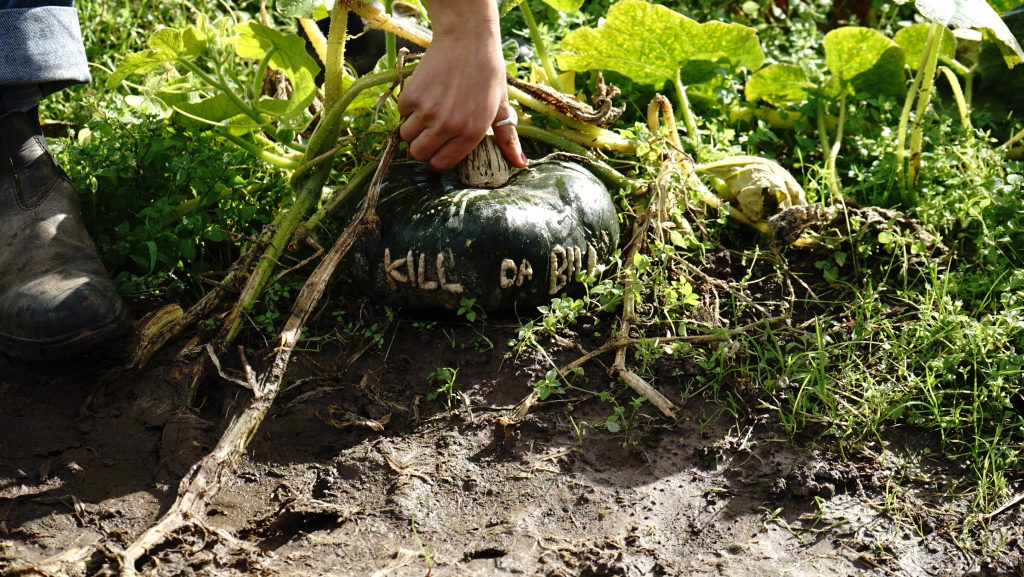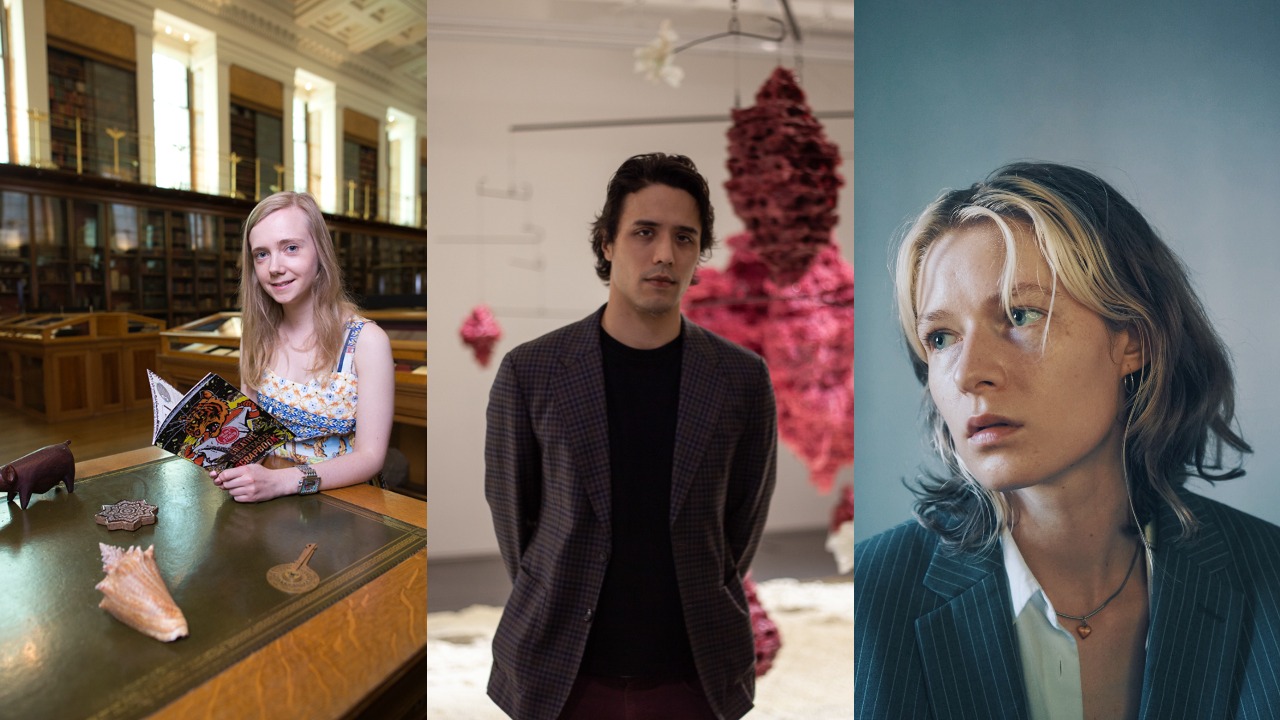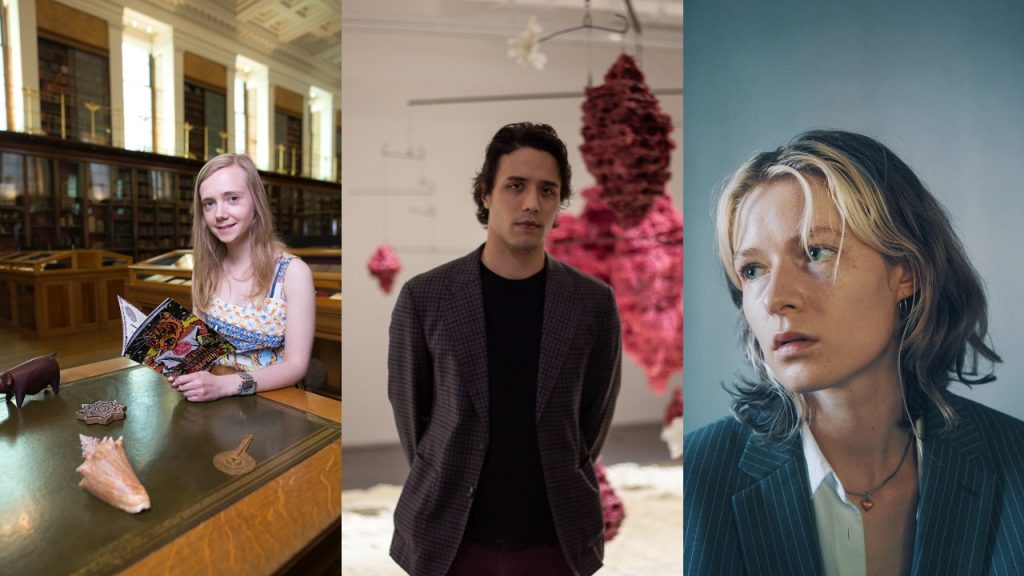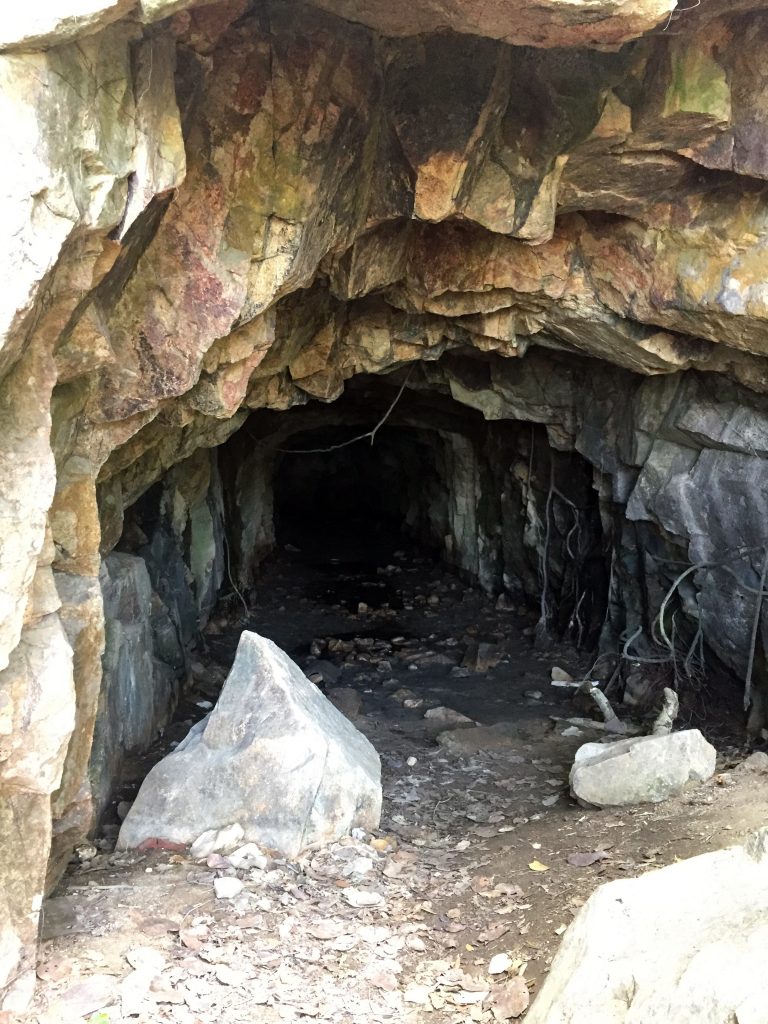
As with the current semi-lock down in Hong Kong, just as in most other lock downs, people develop an inexplicable bubbling primal urge for greenery and sunlight. So this last weekend my partner and I took our poodle to do a short hike on Hong Kong’s outlying Lamma Island.
Although I had seen it before, I somehow completely forgot about this sizeable man-made hole in the hillside along the hiking route, that dated back to the Japanese occupation (1941 – 1945). It is said that this cave was used to hide boats ladened with explosives that would have been launched into unsuspecting enemy ships. There is a small stainless steel plaque near the cave describing it as a “kamikaze grotto” along with some information. However, I have found some speculation on if the caves were ever in use or if the boats and their operators were intended to be sacrificial.
In thinking about the city’s relationship with the subterranean this instance is unique in that it supports a larger historical narrative and also takes on the significance of a landmark. What is essentially an empty hole, contains within it so much thick tension through the power of absence. Somehow it manages to be a very “heavy hole”
To assist in thinking about this I found this quote from Underland: A Deep Time Journey by Robert Macfarlane:
“We all carry trace fossils within us – the marks that the dead and the missed leave behind. Handwriting on an envelope; the wear on a wooden step left by footfall; the memory of a familiar gesture by someone gone, repeated so often it has worn its own groove in both air and mind: these are trace fossils too. Sometimes, in fact, all that is left behind by loss is trace – and sometimes empty volume can be easier to hold in the heart than presence itself.”
